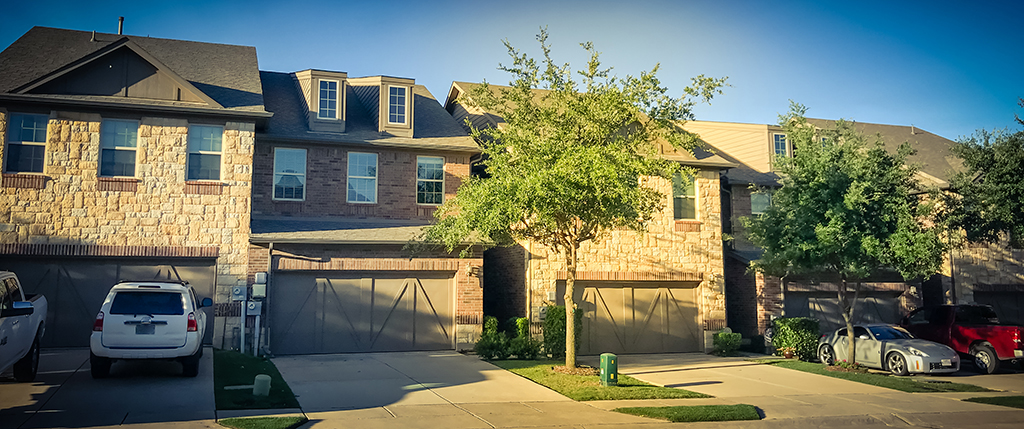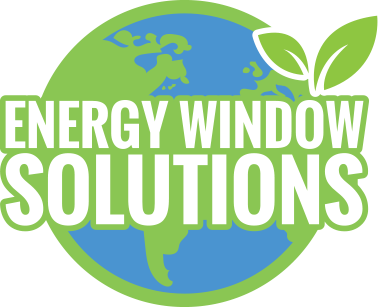
Choosing the Best Energy Efficient Windows | Dallas, TX
Photo By Trong Nguyen at Shutterstock
If you are looking to save money on your monthly bills especially in the hot Dallas, TX sun you may be looking at getting new energy efficient windows. There are many ways that windows can be built and many items that can go into their construction. We’ll look at some of the more common pieces and material types to help you determine what kind of windows would be best for you.
Framing the Solution
The biggest portion of the window is the frame itself. It consists of not only what the glass is adhered to but also that sits in. Most of the time both the casing and the frame will be of the same material as the manufacturer will want to reduce friction and increase the seal strength of their windows. If you have an older house you likely have windows with wooden or aluminum frames. Traditional wooden framed windows you can still buy today and are naturally decent insulators, however wood frames require regular maintenance. These wood frames may be clad with aluminum or vinyl to reduce maintenance they could decrease the thermal efficiency of the wood. Aluminum and other metal frames are extremely light and can take a beating but they are not good at insulating. Some more advanced metal frames have an insulated break to assist but in general these windows are not great at keeping the heat out in summer, meaning that these materials are not usually used in energy efficient windows.
More modern designs of window framing come in three different materials. The most common is vinyl that is usually made from polyvinyl chloride, or PVC. PVC is generally really bad when exposed to ultraviolet light and older vinyl windows or siding in the Dallas,TX area you may notice starts warping because they aren’t coated very well. If you choose vinyl windows ensure the coating on the material is able to resist damage for as many years as possible. The other common frame type is fiberglass which doesn’t have expansion or breakdown problems like vinyl can. Fiberglass is more durable, closer to metal frames, but has a bonus of extreme insulating performance. The final type of modern energy efficient windows are wood composites. These are made from a mixture of wood pieces and polymer plastics to be more stable and require less maintenance than wood while also offering most of the natural insulation qualities of traditional wood frames.
A Good Coat Never Hurts
After choosing a frame for your energy efficient windows you will want to choose a coating for the glass so that it is better at insulating. There are three main ways that the glass portion can be improved to reduce the heat loss of the windows. The first is the most common and it’s multiple pane insulating. Most modern energy efficient windows have two or more panes of glass, and to insulate the air pockets between they are spaced apart inside the frame and then given an airtight seal that works to reduce the heat that passes through into your house.
On top of that your windows could be coated with what is called a low-emissivity, or low-e, coating and glazing. The US Department of Energy says that low-e coated windows cost about 10% more than non-coated windows but can reduce energy loss by up to 50%. These coatings are microscopic in size and are virtually invisible and made of a metal or metallic oxide layer that is put on the surface of the panes of glass. They absorb and disperse the heat coming into your home. The last common coating is an upgrade from the base low-e coats called spectrally selective coating that can cut as much as 70% of the heat transmitted through the windows without disrupting light transmission. They work by reflecting particular wavelengths of light, most commonly infrared while allowing visible light to pass through.
Filling the Gaps
In most modern energy efficient windows there is insulation both in the gaps of the frame and in the gaps between the window panes. In the frame you may just have an airtight seal with no special material and this may work fine in the application of the engineered design. Other companies may offer spray insulation packages that go into these frame gaps after you install to create a denser insulation barrier while also reducing the amount of sound that passes through. In between the window panes is where it could get interesting. Lower cost energy efficient windows will not have any special gas sealant between the panes but will not insulate as well.
The two types of special gases used are krypton and argon. Both are considered inert, meaning they won’t react to other objects or obstructions presented to them, are non-toxic for safety, are clear to keep vision unobstructed, and odorless to keep from interrupting your lifestyle. Krypton is generally used in thinner gaps of about a quarter of an inch. It is the more costly option and offers better thermal performance. Argon is generally used with gaps of about half of an inch and while sometimes mixed is easier to work with than pure Krypton in space. Additionally there may be spacers in your energy efficient windows to ensure that the glazed glass panes and the gas in between the stays in place. These spacers come in many different shapes, materials, and sizes to best work with the design of the windows you select to purchase.
When you’re ready to make a decision to purchase energy efficient windows, reach out to the expert installers at Energy Window Solutions in the Dallas, TX area. Their experts are well known throughout the Dallas area and they manufacture their windows locally in Flower Mound, Texas. Visit their Mabank showroom by making an appointment or check them out online today. If you’re looking for a whole house makeover the experts at Energy Window Solutions also can work on doors, siding, and gutters so you can get your whole house fixed at one time.


